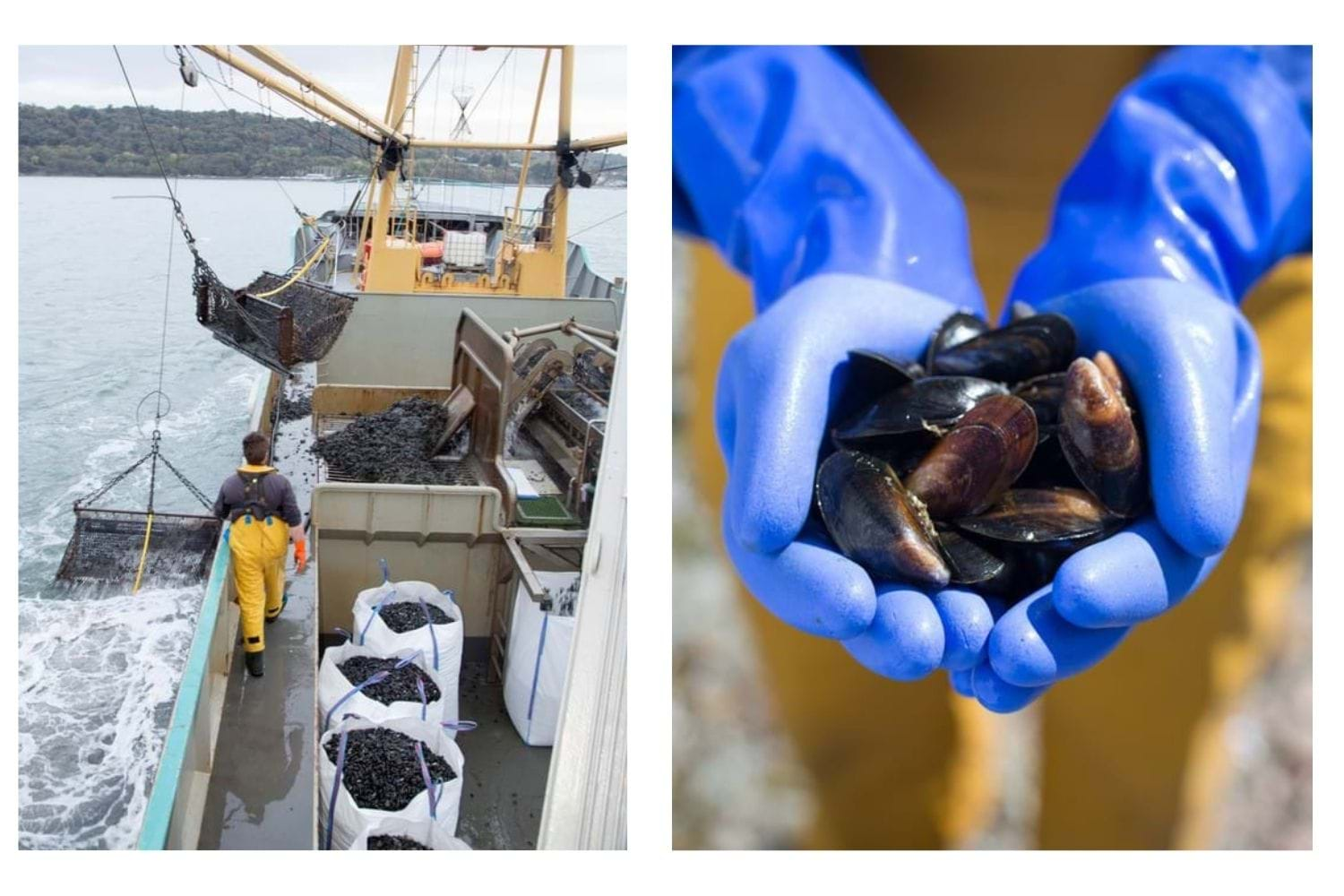Aquaculture water quality and classification for shellfish
This page has information on:
Water quality and the limited availability of high quality shellfish waters in many parts of the UK limits the sustainable growth of shellfish farming in the UK.
Water in a shellfish production or relay area is assessed and classified according to the levels of E. coli detected in shellfish flesh. The classification given determines what treatment is required before live bivalve molluscs (LBM) from this area may be sold for human consumption. Further information on shellfish classification is available on:
- Our Delivering Safe Bivalves to the Market webpage
- The Food Standards Agency website
- The Food Standards Scotland website
The issue of water quality and classification for shellfish production has become more important since the 1 January 2021 when the Brexit transition period ended. The UK’s status as a Third Country to the EU, has resulted in changes for the export of live bivalve mollusc (LBM). Currently, any shellfish produced in class B waters in the UK cannot be exported to the EU for purification.
The SSWG works on improving water quality to support the growth of the aquaculture industry in the UK. It provides a forum to evaluate regulatory issues and industry priorities and exchange expert advice with government and agencies and aims to:
- Ensure that any water quality issues or impending risks to the industry are appropriately managed
- Provide support wherever possible to mitigate potential impacts.
It also offers an opportunity to assist in identifying short and long term work areas. Through this work it looks to strengthen and streamline shellfish controls for the benefit of the industry whilst fully meeting consumer safety and regulatory requirements.
The group is facilitated by Seafish and made up of representatives from industry, the regulators and their partners and experts.
- Chair: David Jarrad, Shellfish Association of Great Britain
- Secretary: Jesse Drake, Seafish

In 2019 the SSWG commissioned Seafish to undertake a review of the OCR for shellfish production.
The OCR are designed to manage potential human health risks. They include a site classification regime that is based on levels of E.coli contamination in shellfish flesh. The aim of this report was to review the application of these official controls across different EU Member States and to identify areas of deviation or flexibility.
This review uses case studies focused on the key European bivalve mollusc producers: France, Netherlands, Ireland, Denmark, Italy, Spain, Portugal, Germany and Sweden. It also included Norway through its membership of the European Free Trade Association.
Consideration was given to:
- How the legislation and the EU Good Practice Guidance has been applied, including the handling of high and anomalous coli results by these countries.
- The identification of situations where such results might be removed from the classification dataset.
The review findings highlight differences across Member States, in how the EU requirements are met. It also notes variation in how the official controls are implemented and in what the EU will consider as equivalence when it comes to third country status. The report sets out a series of proposals around moving to a risk based approach, which has been a long term aspiration of the industry.
The full report and guidance is available to download from the link below:
-
Review of the application of the Official Control Regulations for shellfish
-
Guidance for delegation of Official Control sampling to third parties
-
Official Control Regulation sampling agreement template
The DASSHH project ran from 2018 to 2022. It aimed to create an improved approach to determining shellfish water quality that fully met consumer safety and regulation requirements. It also looked at the variable water quality environment in which most UK shellfish aquaculture production takes place.
The project goals were to:
- Improve the understanding of the sources of microbial contamination and how uptake by shellfish varies with potentially predictable environmental factors. This allows producers to successfully manage and intervene to reduce the risk of contaminated product being harvested.
- Assess the risk implications associated with microbial contamination. This determines post-harvest measures that can be used to remedy or mitigate this risk so product is safe for consumption.
- Develop a risk-based management system that complements the current production area classification system. This helps regulators and industry to cooperate by using a more flexible approach to the application of the regulatory framework around water classification. It also gives the shellfish aquaculture industry the ability to engage in real-time management of their harvesting operations.
DASSHH was coordinated by Seafish on behalf of the SSWG. The other project partners were:
- Camel Estuary in Cornwall and Conway and Menai East in North Wales. This work was progressed by the Shellfish Centre at Bangor University.
- Belfast Lough in Northern Ireland. This work was progressed by the Agri-Food and Biosciences Institute.
Links were also made with similar work in the Shetland Isles led by Seafood Shetland and Shetland Seafood Quality Control Ltd.
Along with the OCR review, the DASSHH project provides evidence on which to develop a risk based approach for shellfish management. This forms the basis of an assurance scheme that can work with the existing regulatory framework and is approved by the relevant food standards agencies.
You can get copies of the reports on the project from the links below:
-
Download a summary report on the DASSHH project
-
Download the full report on the DASSHH project
-
Download the DASSHH Northern Ireland Report
Contact
For more information contact: